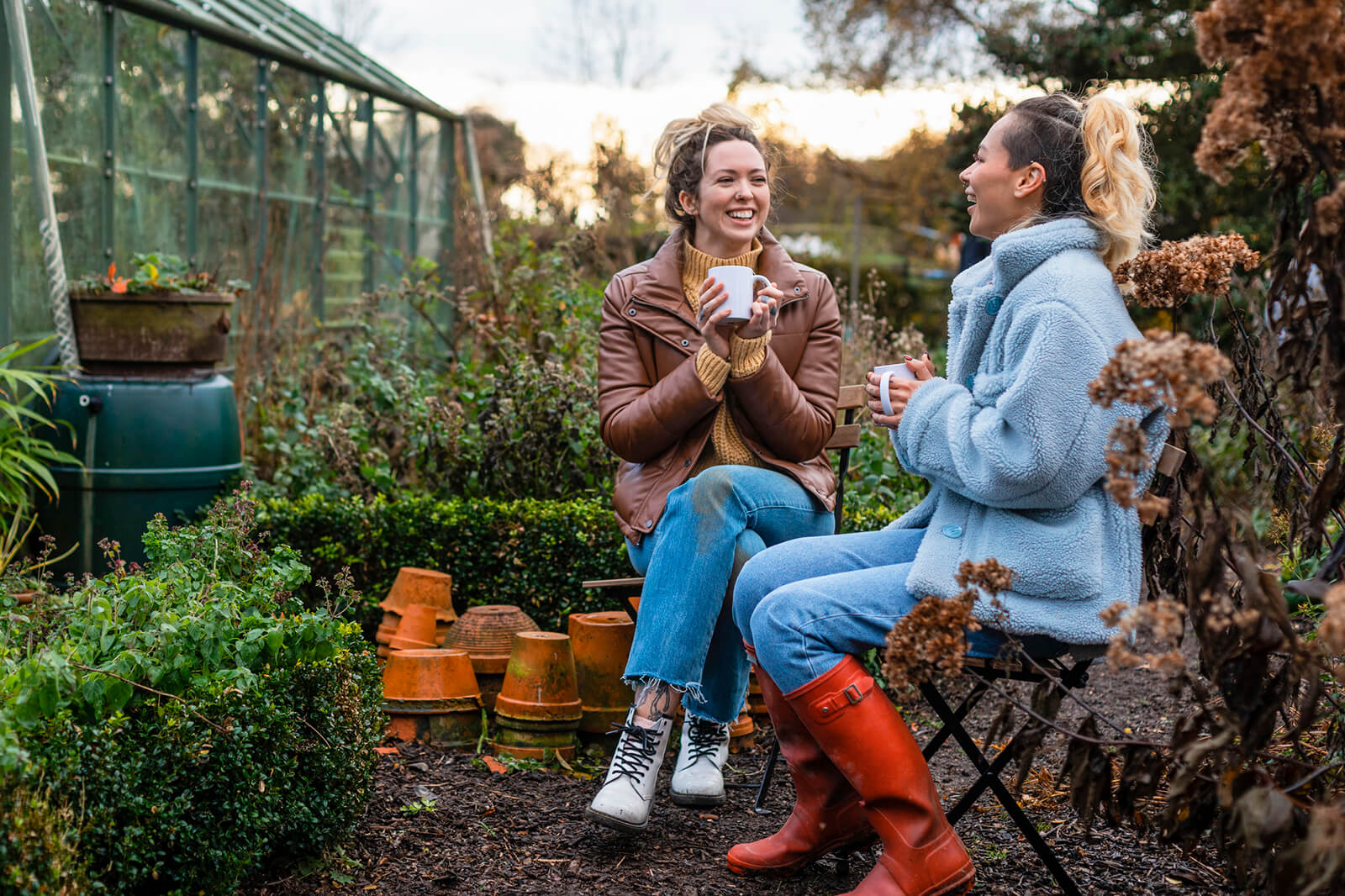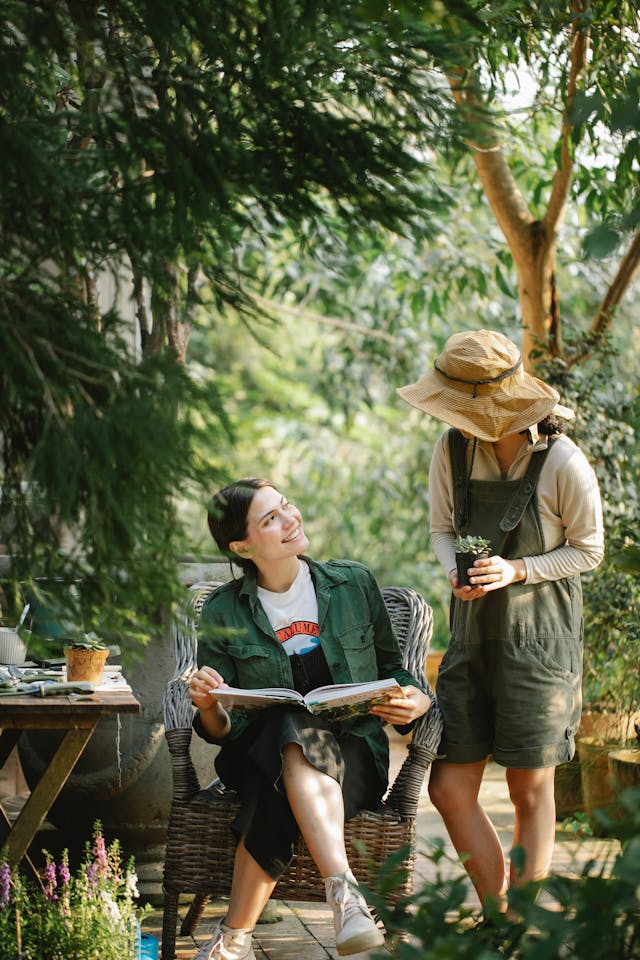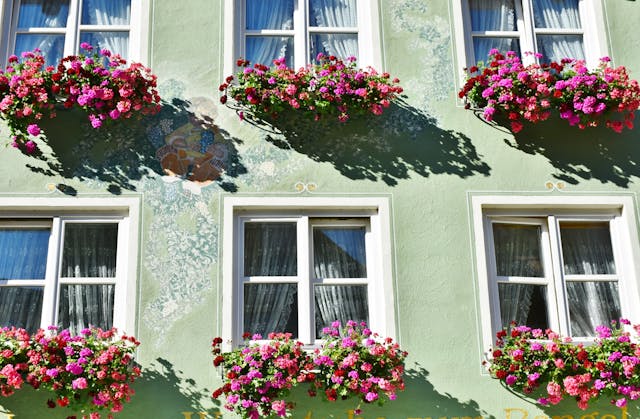If you are interested in gardening, you may be wondering how to enjoy your garden in winter. There are some plants that are known to grow and thrive in cold weather, such as perennials and shrubs. You can also take steps to protect your veg beds from the cold weather to keep weeds at bay.
Plants that thrive over the cold seasons
Many plants are well-suited to cold weather. For example, there are plenty of shrubs and flowers that flower in the winter. Similarly, there are several cool weather vegetables. If you are considering planting a new vegetable garden, you will need to know which ones are most suitable for your region. Luckily, the best varieties can be found in your local nursery.
The trick is to select cold weather plants that can withstand the coldest of temperatures. While some may need to be started from seed, others can thrive on their own. You will need to keep the soil well-drained and moist. Plants with thick waxy leaves such as Hoya are a popular choice. Those with a bit more sun may need more specialized care.
Plant shrubs, small trees, climbers and hedging
If you want to enjoy your garden in winter, plant shrubs, small trees, climbers and hedging. These plants are good for your garden’s wildlife. They provide nesting and feeding areas for birds and insects. A well-planted garden will also attract bees and butterflies.
You can choose from many types of shrubs, including evergreen shrubs and flowering shrubs. Both types will provide colorful foliage and berries throughout the seasons.
Evergreen shrubs are good for gardens because they retain their leaves year-round. Some evergreens have flowers, so you can use them to attract birds and bees.
Shrubs are generally low-maintenance. However, you should be careful to protect young plants from strong wind and dry soil. Also, new plants are very vulnerable to drought, so mulching them will help keep them from dying.
Cover empty veg beds to prevent weeds
If you’re trying to avoid the hassle of weeds in your garden during the winter months, cover your empty veg beds with mulch. This is a very easy way to prevent weeds from growing. Mulch blocks sunlight from reaching underground seeds. It also retains moisture in the soil, which is important in the winter.
There are a number of other ways to make sure that your weeds aren’t taking over your veg bed. Some of these ideas include planting a cover crop and using organic mulch.
Covering your empty veg bed with black plastic isn’t just for aesthetics. It’s a very effective way to kill most plants. But you should avoid it as a permanent solution. You’ll end up with rotting plants in a few months.
Pottering in the greenhouse
When it comes to garden design, the winter months can be the most enjoyable. If you’re stuck inside on a cold rainy day, you can escape the weather and the kids with a trip to the local greenhouse. During the winter months, your plants will have a better chance of surviving the cold and dreary weather.
A greenhouse, or hoop house, is the ideal abode for your favorite plants. Not only will it keep them out of the frost, but it will also provide a safe, dry environment.
Of course, a greenhouse isn’t the only option. You can make use of the space around your home, but a dedicated greenhouse could be the cherry on top of a well-kept garden. In addition to the usual suspects, consider planting the fruits of your labor in a few well-placed containers.
Outdoor heaters
Outdoor heaters are a great way to extend the use of your garden into winter. They can be placed on an open deck, in a garden or even in your garage. When used properly, they can provide enough heat for a small number of people to be comfortable.
You should ensure that you choose a quality outdoor heater. These devices are made of durable materials and are designed to withstand harsh conditions. However, it is important to remember that they should not be left out for prolonged periods of time, or be left in areas with wet or damp weather.
Outdoor infrared heaters are a popular option. They use infrared radiation to generate heat and cover a wider area than flame-heated models. Since they do not emit flames, they are safe to use in covered patios.



